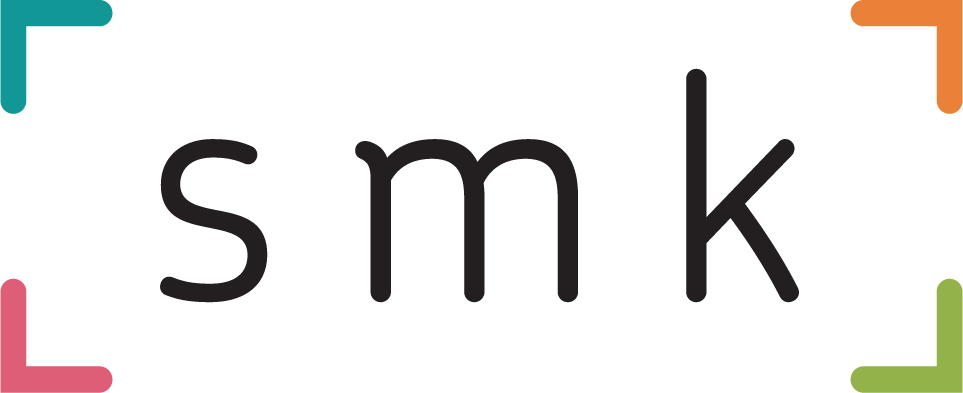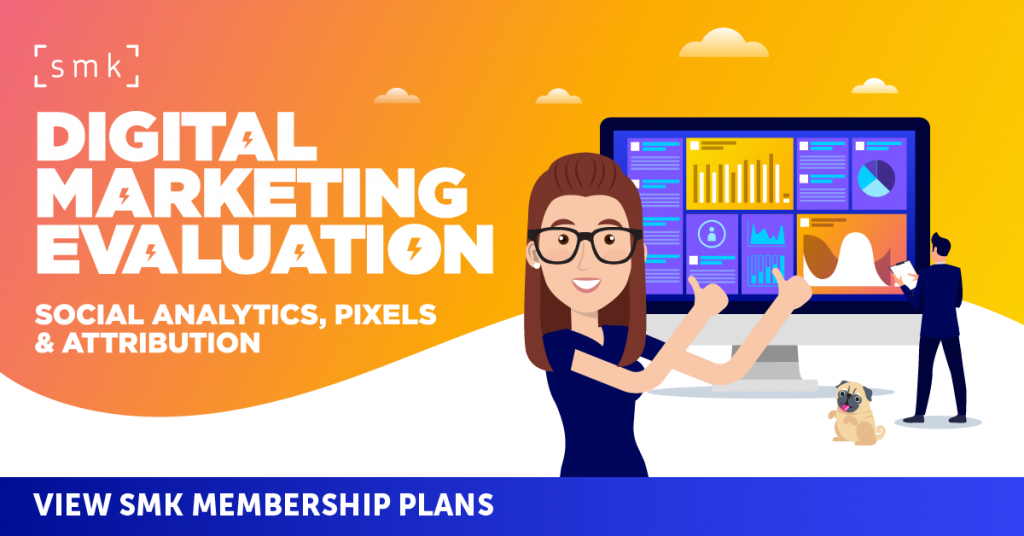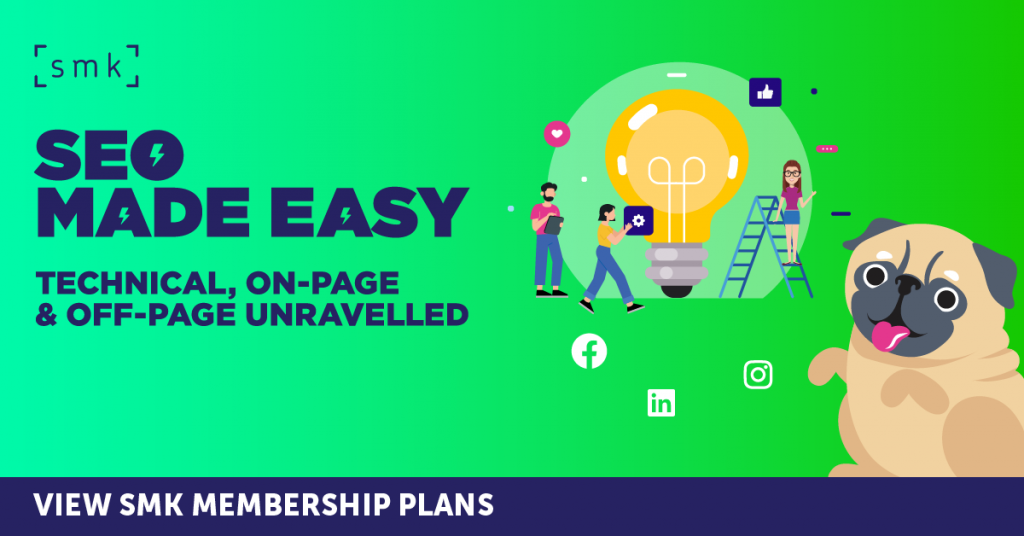Facebook Looks To Ease Concerns From Marketers
Facebook has announced an expansion of its brand safety features amidst growing concerns from advertisers globally related to the rise of misinformation, fake news and extremist content on the platform.
Facebook has offered somewhat clunky brand safety features for some time:
- Controls over where ads appear when shown within publisher or creator content
- Publisher lists so advertisers know where their ads might appear before they run
- Publisher delivery reports so clients can understand where their ads ran
- Block lists to prevent an advertiser’s ads from delivering on specific publishers
- Inventory filter so marketers can choose the type of content they want to be associated with their business and filter out the rest
- Partnerships with third parties to provide advertisers with even more options
Therefore, this latest rollout should be viewed as an upgrading of its existing infrastructure, rather than reinventing the wheel.
New & Improved Brand Safety Features
Many of Facebook’s latest features build upon these noted above, attempting to make things a little more streamlined and comprehensive.
From the latest updates, the most useful aspects, for the majority of organisations, are:
- Creating a single place in Business Manager or Ads Manager to create block lists, get delivery reports and set an account-level inventory filter, rather than applying it one campaign at a time.
- Publisher White Lists for Audience Network and in-stream ads on Facebook, allowing advertisers to white-list certain publishers for ad placement. Should launch in 2020.
- Improved delivery reports that allows the advertiser to search by account ID or publisher without having to download it. Soon it will add content level information to the delivery report.
Is Brand Safety A Problem On Facebook?
To date, brand safety hasn’t been too much of an issue on Facebook.
Traditional news feed style ads are generally deemed by users and the platform alike, to be distinct from the organic posts around them.
For example, no one hates a brand because your Nan said something racist above it in the feed.
More importantly, a standard news feed ad placement doesn’t see any cash changing hands with the posts above or below it.
In other words, the advertiser is not a sponsor of said racist Nan.
Whereas say on YouTube, with pre-roll ads, users not only form an implicit association between the advertiser and the video they’re about to watch, but YouTube splits the ad revenue with the video publisher.
Making the advertiser a direct sponsor.
Hence, the big hoo-ha in 2017 when big name advertisers, including Coca-Cola, Walmart and General Motors moved ad spending away from YouTube because ads appeared alongside offensive content, including videos by jihadist and neo-Nazi groups.
However, as Facebook’s ad products shift beyond the standard variety, and encompass revenue sharing more directly with influencers, publishers and broadcasters brand safety becomes an issue.
Brand Safety Saves Money
A common misconception is that brand safety is only relevant for large organisations and brands.
Carolyn Everson, Facebook’s VP of Global Marketing Solutions via CNBC
“Not every advertiser cares about this as much as others. I don’t want to paint a picture that all 7 million advertisers are focused on this
Some do not utilise these tools at all. They are much more focused on performance and price, and they want their ads to appear in as many places as possible … and we have the other extreme, where advertisers are extremely brand sensitive.”
However, when ads run in inappropriate places, alongside/ during/ before inappropriate content it wastes vast amounts of money.
At SMK, we assess our ad placements monthly across all the networks we operate in to block and remove poor inventory.
Why? Well… we don’t like spending money on crappy media. Or funding Neo-Nazis.
Cutting your wastage doesn’t take long and is an excellent, monthly habit to get into to, much like negative matching keywords regularly for Google Search Engine Marketing.
When you remove poor placements/ inventory, not only does it stop waste, but it ensures budgets are funnelled towards higher performing varieties.
For example, in 2017, Procter & Gamble cut $200 million in digital ad spend, while increasing its reach 10%. Essentially by removing junk or weak ad inventory.
As per Everson’s comments above, we would argue that the majority of advertisers do not focus on brand safety not by design, but rather from a lack of understanding.
Hopefully, this latest update may go some way to readdressing that balance.



RECOMMENDED FOR YOU
Facebook Rebrands All Videos as Reels in Major Shift
Meta is doubling down on short-form video by reclassifying…
Meta is doubling down on short-form video by reclassifying…
Meta Brings AI Video Editing to Instagram and Meta AI
Meta has launched a new AI-powered video editing feature…
Meta has launched a new AI-powered video editing feature…
Google Expands AI Max To Boost Search Ads
As generative AI continues to reshape how people interact…
As generative AI continues to reshape how people interact…